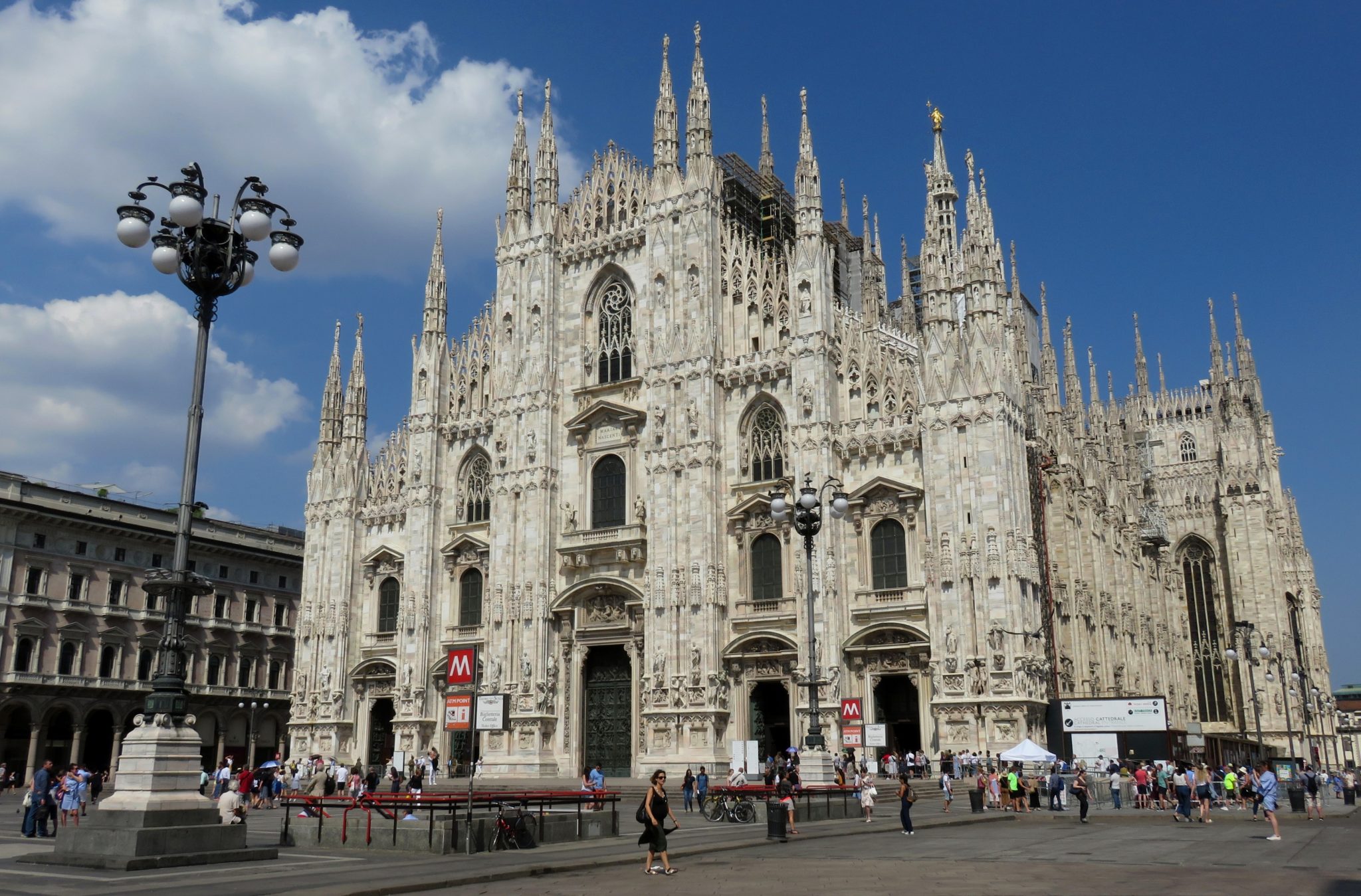7 Incredible Examples of Gothic Architecture Through the Ages
Introduction:
Gothic architecture, with its awe-inspiring structures and intricate designs, has left an indelible mark on the world. From soaring cathedrals to majestic castles, these masterpieces have stood the test of time. In this blog post, we will explore seven remarkable examples of Gothic architecture from different eras, examining the strategies used in their construction, and understanding the artistic and cultural significance they hold.
1. The Marvel of Notre-Dame de Paris
Gothic architecture reached its zenith with the construction of Notre-Dame de Paris in the 12th century. This iconic cathedral exhibits the hallmark features of Gothic design, such as pointed arches, ribbed vaults, and flying buttresses. The strategic use of these elements allowed architects to create towering structures with expansive stained glass windows, illuminating the interiors with celestial light. [^1^]
2. The Magnificence of Cologne Cathedral
Cologne Cathedral, a UNESCO World Heritage site, exemplifies the beauty of Gothic architecture in the 14th century. Its twin spires and elaborate façade showcase the intricate stone-carved details that became synonymous with the Gothic style. The precise craftsmanship and the use of verticality in the design emphasize the spiritual aspirations of the medieval world. [^2^]
3. The Grandeur of Milan Cathedral
Milan Cathedral, or Duomo di Milano, stands as a testament to the enduring spirit of Gothic architecture in the 15th century. The cathedral's sheer size and the intricate ornamentation of its façade demonstrate the ambition of the era. The extensive use of sculptures and statues embellish the exterior, telling stories of religious significance and historical events. [^3^]
4. The Elegance of Burgos Cathedral
Burgos Cathedral in Spain exemplifies the transitional phase of Gothic architecture in the 16th century. The combination of late Gothic and Renaissance elements creates an elegant harmony of forms. The slender columns and richly decorated chapels within the cathedral showcase the evolving artistic styles of the time. [^4^]
5. The Splendor of St. Vitus Cathedral
St. Vitus Cathedral in Prague, a masterpiece of Gothic architecture from the 17th century, boasts an array of stunning stained glass windows that illuminate the interior with a kaleidoscope of colors. The use of pointed arches and soaring spires in the cathedral's design symbolize the quest for spiritual elevation. [^5^]
6. The Majesty of Westminster Abbey
Westminster Abbey, a crowning achievement of Gothic architecture in the 18th century, impresses with its intricate fan vaulting and striking rose windows. The abbey's historical and cultural significance as a burial site for monarchs and eminent personalities further enhances its majestic aura. [^6^]
Conclusion:
The legacy of Gothic architecture continues to captivate and inspire us today. These seven remarkable examples represent the pinnacle of human creativity and engineering prowess throughout the ages. The intricate designs, soaring structures, and rich artistic details serve as a testament to the artistic and spiritual aspirations of the civilizations that created them.
Call to Action:
To delve deeper into the world of architecture and art, check out these blog posts on young, aspiring artists and the aesthetics of truth in art:






:max_bytes(150000):strip_icc():format(webp)/WestminsterAbbey-2-410f8042a62c419e9ebd935ed6750b00.jpg)
Comments
Post a Comment